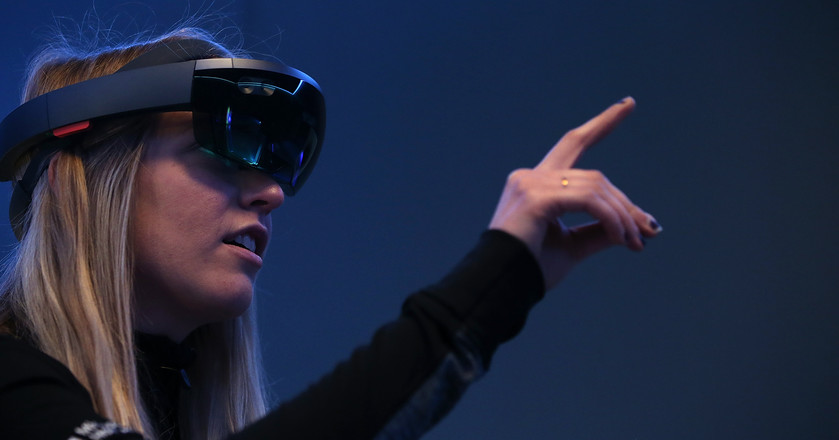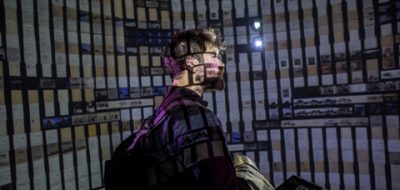My article in BUSINESS INSIDER published 4th of March 2018.
Ultimately, it’s supposed to be like this: we’re setting up special goggles (they are going to be less and less noticeable and similar to ordinary glasses) or we use a smartphone where we turn on the right applications and go for a walk. During it, immediately before our eyes (when we use goggles), the names of nearby stores, restaurants, companies, including promotions are displayed. The electronic staff avatars “come” to meet us to invite you to the shop or cafe. There may also be a different situation: we turn on the electronic interpreter integrated with the AR application, we direct the smartphone to objects around us and we get names and their translations on the call.
Instead of traditional teaching tools, we get concrete. Examples of possibilities offered by extended reality can be multiplied. This technology is intended to add reality to the new informational dimension. So it’s not just about having fun, but about enriching the content, expanding our experience and deepening our knowledge.
Although the idea of the AR for several years trying to go beyond the laboratories of technological giants, there is no shortage of problems with turning theory into practice. A year ago I wrote about the adventures of Google Glass – a product that had the ambition to become the first, massively available device that combines both of these realities. Special goggles were supposed to facilitate access to the Internet search engine, enable video recording and transfer a lot of information to our brain. However, not everything went smoothly, and several factors influenced the decision to suspend this project. Eyes of the user eyeglasses were tired too fast. There are legal uncertainties regarding the protection of privacy (the effect of using the camera). An unexpected but important issue was the unfavorable reaction of people at the sight of people wearing goggles. We do not assume them massively until today, because there is still not enough long-term battery that could power them. The angle of view also leaves much to be desired.
Tom Emrich, founder of the Super Ventures fund, whose mission is to invest in new technologies, commented on the problem of popularizing the idea of augmented reality as follows: “In order for the new reality to be drawn in, it is important that digital solutions enable mixing all aspects of human experience so that during contact with virtual content have the feeling that we are dealing with the real world. ”
These words probably include what may be the biggest obstacle in disseminating the whole idea. In order for everything to work so that the user “bought” the idea, the product must be perfect. And it is still not. 3D images have problems with anchoring in the world registered by the camera, and thus the visual impression of the user does not encourage to continue playing.
So there is something to work on, but every year for this technology means progress, and leading technology companies do not give up. On the contrary – the rivalry between them lasts the best. In addition to the main arena, there is a dynamic life of startups who want to have their five minutes too. Recently, even technology has been presented, where the virtual image is shown directly in the contact lens. Will this newness come – we will see. ….
Link to the full article (in Polish)
Related articles on my blog:
– Medicine of the future – computerized health enhancement
– According to our computers … You don’t exist
– What a machine will think when it looks us in the eye?
– Fall of the hierarchy. Who really rules in your company?
– Blockchain has a potential to upend the key pillars of our society










Tesla29
way more than just a pokemon